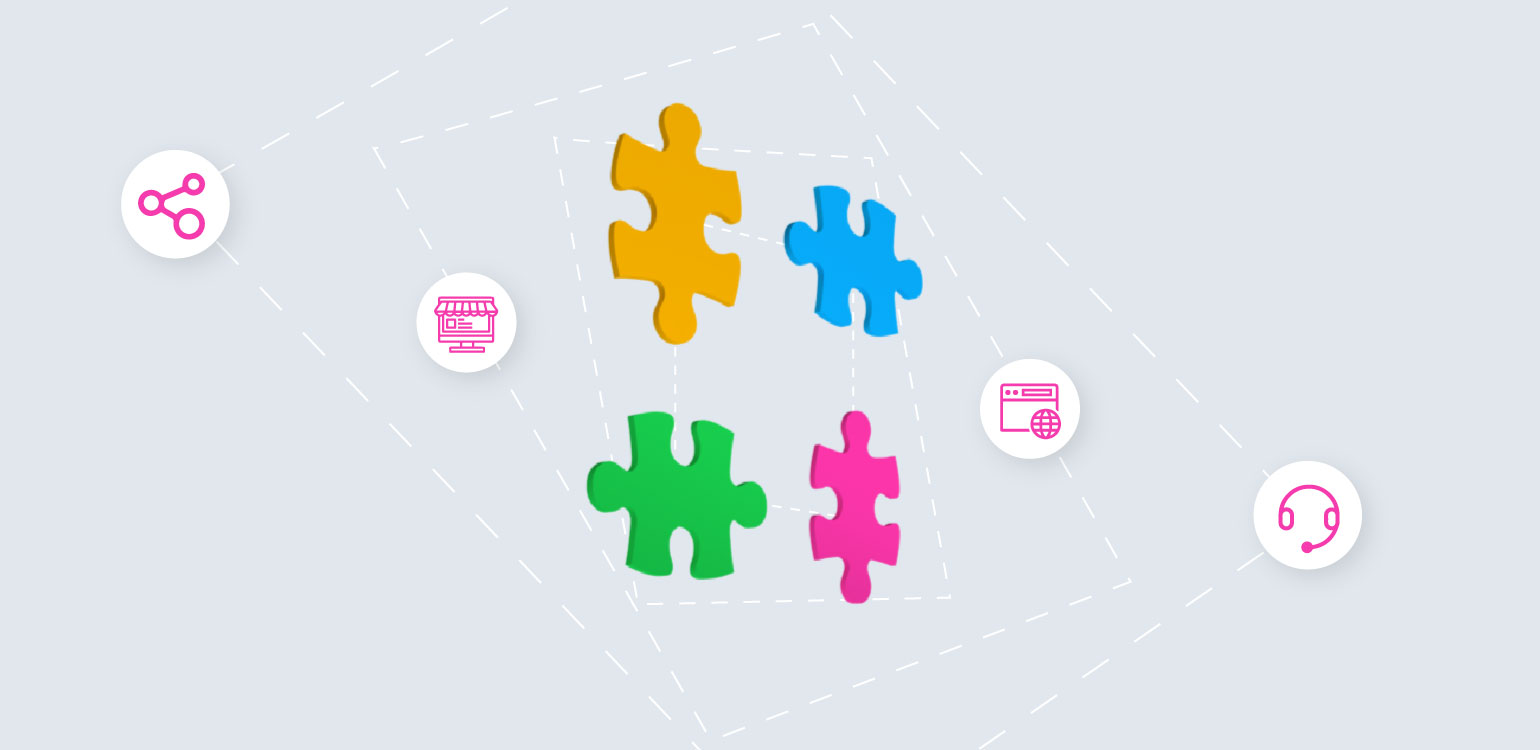“Companies with extremely strong omnichannel customer engagement strategy get to retain an average of 89% of their customers, compared to 33% of customers for companies with weak omnichannel customer engagement strategy.” — Aberdeen Group.
You must have heard the buzzword “omnichannel” thrown around, but what is it about? Why is it beneficial for small businesses? How does it differ from “multichannel” marketing?
First, let’s see what single-channel and multi-channel marketing mean, then we can differentiate these two from omnichannel marketing.
- Single-Channel Marketing
- Multi-Channel Marketing
- Omnichannel Marketing
- Email Marketing
- Sms Marketing
- Social Media Marketing
Single-Channel Marketing
This marketing channel involves buying through just one channel. A customer walks into a brick-and-mortar store and discusses their options with a salesperson, and then buys a preferred item.
Multi-Channel Marketing
This channel involves various channels, such as physical stores, e-commerce stores, websites, email, etc. where consumers can learn about a product or service. In a multi-channel approach, each channel essentially acts as its own silo. This approach is centered on the brand.
Omnichannel Marketing
In an omnichannel approach, all communication channels work together to educate and empower the consumer rather than working in their own best interest. That is, this approach is centered on the consumer.
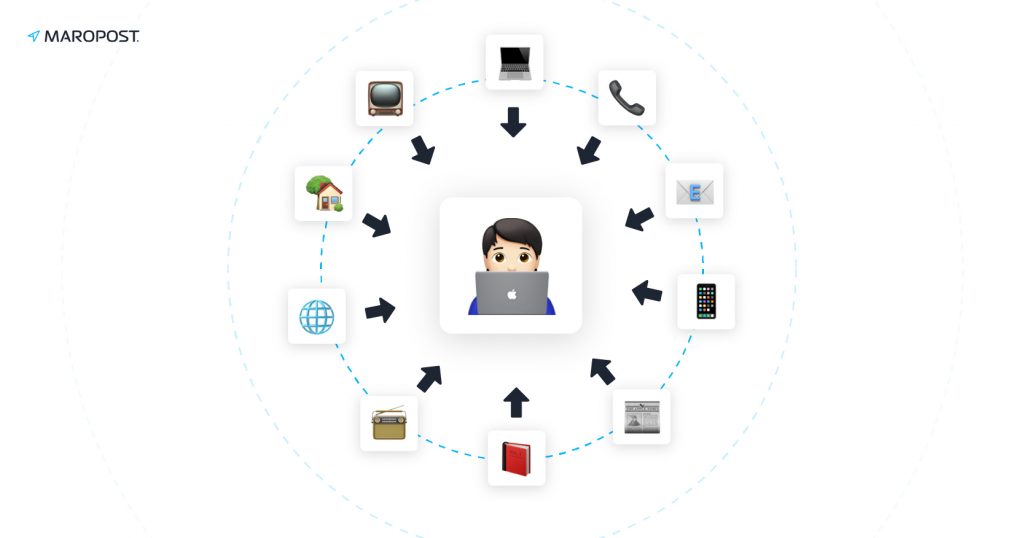
Communication channels are designed to optimize the consumer experience based on the consumer’s preferences rather than the brand’s preferred method of communication.
– The average consumer typically used two touch-points when buying a product.
– And only 7% regularly used more than four touch-points.
Today:
– Consumers use an average of almost six touch-points.
– Nearly 50% regularly use more than four touch-points
A food vendor that sells out of a food truck with a huge sign that says, “buy Sushi here” —and no other means for people to learn about the business— has a single-channel marketing approach. Another Sushi guy decides to print handbills, use SMS and social media to create awareness. Now, that’s a multi-channel approach.
A third Sushi seller also uses handbills, SMS, and social media. However, the handbills are solely to encourage people to follow the business on Instagram. The SMS is sent weekly and offers special deals to customers buying more.
While the business’s Instagram feed encourages customers to place orders via direct messages for a discount. All the marketing effort is interwoven for a sole purpose.
There are different communication channels you can explore as a small business without having to break the bank. You can start with any of these three.
1. Email Marketing
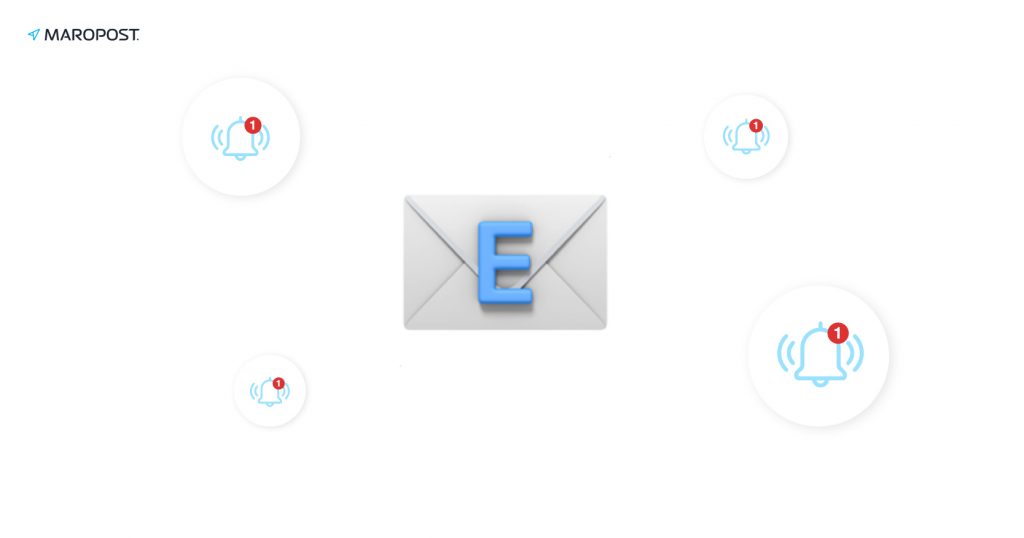
Some marketers believe that email marketing holds the most weight in an omnichannel strategy, as it can drive the highest ROI amongst the different digital communication channels. It is a permission-based channel. That is, you are permitted to cut through the noise and speak directly to your audience.
2. SMS Marketing
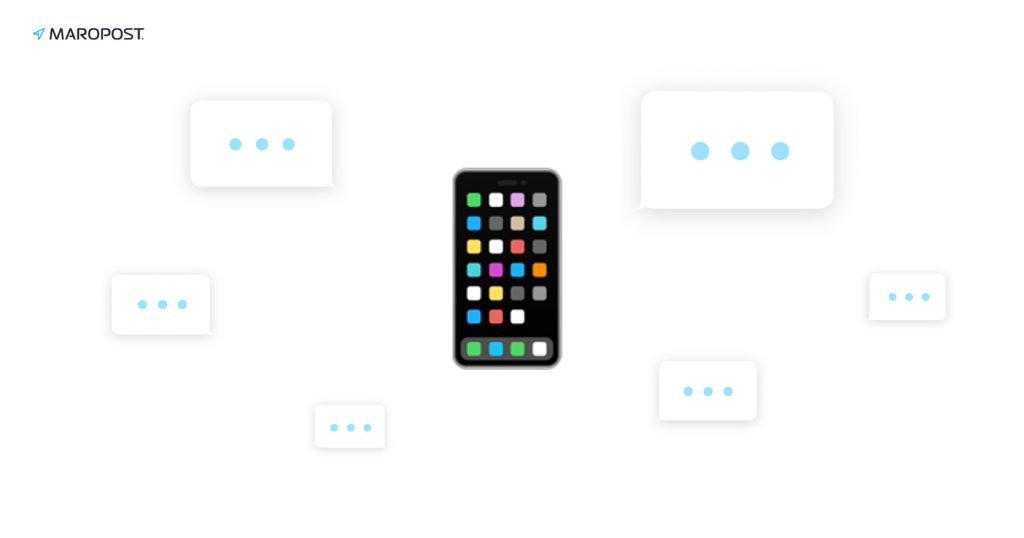
Using an SMS marketing strategy to boost your email marketing is how you speak the language of your customers. Short, pointed messages with timely offers as they are on the go will have a higher open rate than emails. This fact is backed by data.
3. Social Media Marketing
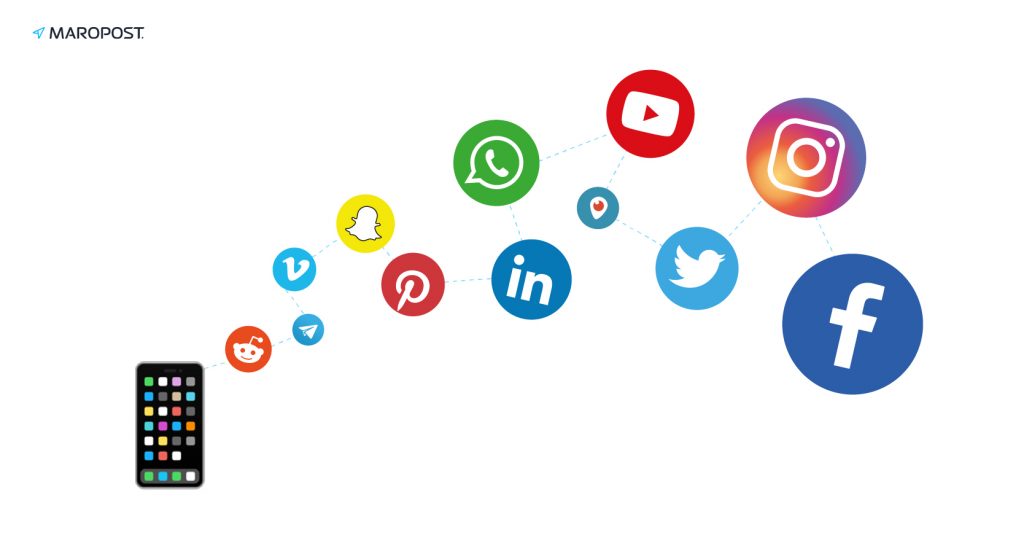
There is no need to introduce social media marketing. The benefit of social media to your omnichannel strategy is best leveraged when you know what platform your customers are on, integrate it with email marketing, gather customer data to make personalized offers, and manage your online community adequately.
Five Benefits of Omnichannel Every SMB Should Take Advantage Of:
- High Customer Retention and Loyalty
- Smoother Customer Journey
- Instant Revenue Growth
- More Integrated Business
- Better Customer Insight
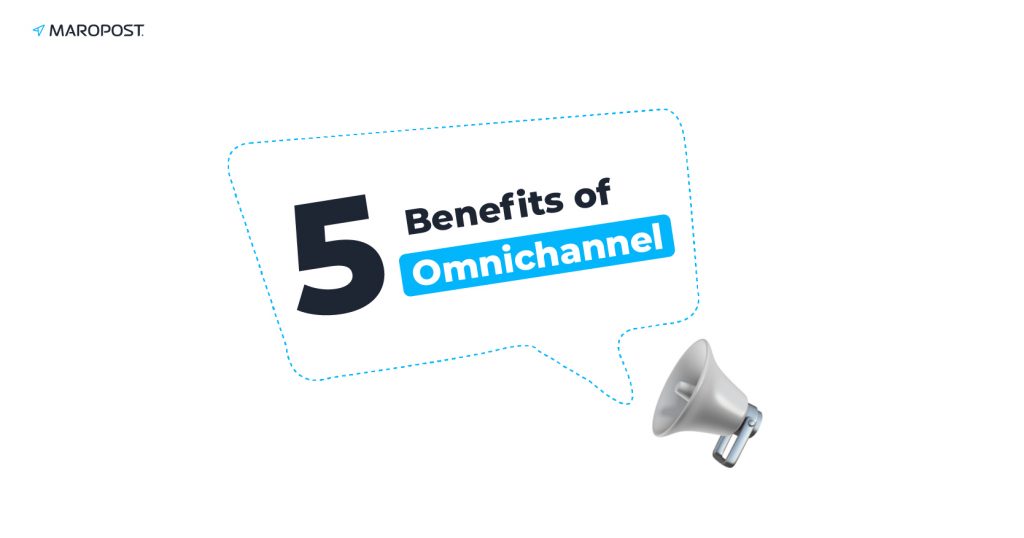
1. High Customer Retention and Loyalty
Consumers will always buy from a brand they trust. Omni-channel marketing provides a consistent experience across different platforms. Each platform has a unique and personalized message for different consumers (remember the last Sushi vendor?)
2. Smoother Customer Journey
Understanding how customers behave across your sales funnel will certainly improve performance and shrink the drop-out points in the consumer’s journey.
3. Instant Revenue Growth
Increased RoI (Return on Investment) is one of the most important measurements in any marketing endeavor. With accurate segmentation and personalization, an omnichannel marketing strategy can be very successful. Higher customer engagement will lead to more conversions and higher ROI.
4. More Integrated Business
Omnichannel has one amazing advantage —instead of having different units working each for their separate goals, here you have a system of various units working together for one goal. So, you will have integrated customer service, sales, marketing, and inventory resource planning working towards a single goal.
5. Better Customer Insight
What’s more? You can collect and unify customer data from disparate channels and systems, such as cookies, device, IDs, shopping carts, social media, mailing lists, point-of-sale (POS) systems, referral programs, etc. You can also easily measure how each channel contributed to the overall goal. This way, you can know what’s not working and fix it, and you can also know what is and take advantage of it.
As we have discussed so far, omni-channel marketing is providing businesses with new opportunities to improve their customers’ buying experience and increase brand loyalty. Adopt an omni-channel strategy today and see your business acquire new customers and gain competitive advantage regardless of whatever industry you’re in.
Need to chat about your omnichannel marketing strategy?
More than 10,000 marketers use Maropost to engage with their prospects and customers through emails, SMS, social media and more. We’re here to help you growing your business!
Chat Now
